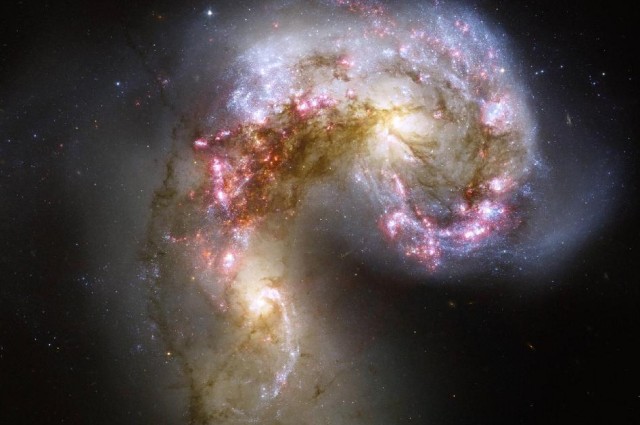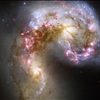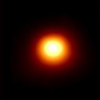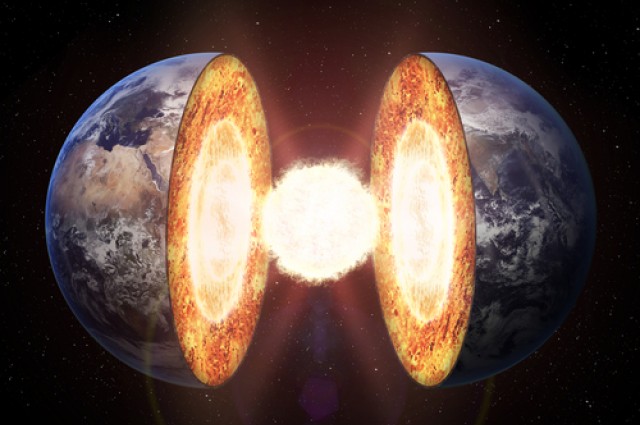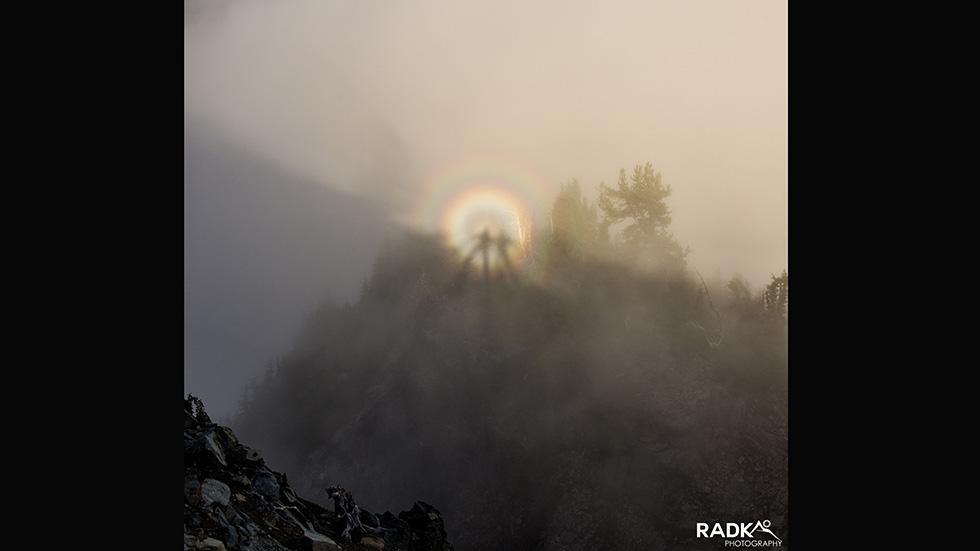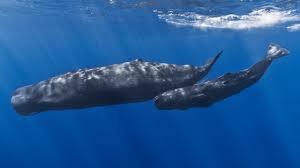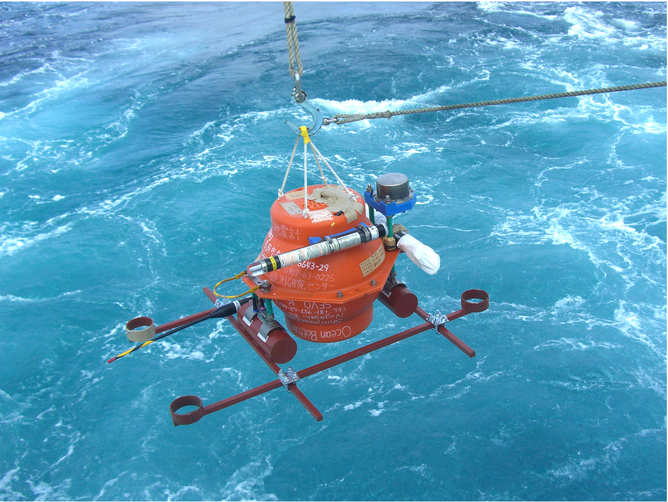Right Now
Proto Super Star Cluster
Animation of ALMA data depicting dense cores of molecular gas in the Antennae galaxies. The yellow object at the center is the first prenatal example of a globular…
Cosmic 'Dinosaur Egg' That's About To Hatch
Astronomers believe they have spotted a round, unassuming 'dinosaur egg' in the Milky Way. They think that it's getting ready to hatch, and will burst forth a wonder of stars, reports the National Radio Astronomy Observatory.
The object in question is a small, dense ball of gas that is devoid of stars. It is tucked away in the Antennae galaxies; two swirling, merging galaxies. Astronomers, who spotted the ball of gas using the Atacama Large Millimeter/submillimeter Array (ALMA), think that it might be the early stage of a globular cluster. A globular cluster is a spherical mega-bundle of active, burning stars. It is hot and emits a frenzy of radiation. But astronomers have never seen the birth of one of these clusters.
However, they're hoping they will now that they've found this new ball of gas 50 million light-years away. Their new findings will be published in the next edition of the Astrophysical Journal.
The birth of a globular cluster is speculated to happen when a huge cloud of stellar gas and dust condenses, building pressure all the time. Eventually, the pressure is so high that gas starts to burn and stars begin to pop up everywhere in the cloud. If this ball of gas, which has been nicknamed 'Firecracker,' becomes a globular cluster, then this will be a valuable opportunity to study the early lifetime of globular cluster formation.
"We may be witnessing one of the most ancient and extreme modes of star formation in the universe," said astronomer Kelsey Johnson, the lead author of the study, in a press release. "This remarkable object looks like it was plucked straight out of the very early universe. To discover something that has all the characteristics of a globular cluster, yet has not begun making stars, is like finding a dinosaur egg that’s about to hatch.”
Firecracker is fairly quiet at the moment; it has no significant thermal emissions. Stars and other active cosmic bodies are responsible for thermal emissions and radiation, which is how astronomers know there are no stars present yet. All eyes and telescopes will be on Firecracker when it does start to explode with life in order to find out the conditions of globular cluster formation.
"Until now, clouds with this potential have only been seen as teenagers, after star formation had begun," said Johnson. “That meant that the nursery had already been disturbed. To understand how a globular cluster forms, you need to see its true beginnings.”
Astronomers believe they have spotted a round, unassuming 'dinosaur egg' in the Milky Way. They think that it's getting ready to hatch, and will burst forth a wonder of stars, reports the National Radio Astronomy Observatory.
The object in question is a small, dense ball of gas that is devoid of stars. It is tucked away in the Antennae galaxies; two swirling, merging galaxies. Astronomers, who spotted the ball of gas using the Atacama Large Millimeter/submillimeter Array (ALMA), think that it might be the early stage of a globular cluster. A globular cluster is a spherical mega-bundle of active, burning stars. It is hot and emits a frenzy of radiation. But astronomers have never seen the birth of one of these clusters.
However, they're hoping they will now that they've found this new ball of gas 50 million light-years away. Their new findings will be published in the next edition of the Astrophysical Journal.
The birth of a globular cluster is speculated to happen when a huge cloud of stellar gas and dust condenses, building pressure all the time. Eventually, the pressure is so high that gas starts to burn and stars begin to pop up everywhere in the cloud. If this ball of gas, which has been nicknamed 'Firecracker,' becomes a globular cluster, then this will be a valuable opportunity to study the early lifetime of globular cluster formation.
"We may be witnessing one of the most ancient and extreme modes of star formation in the universe," said astronomer Kelsey Johnson, the lead author of the study, in a press release. "This remarkable object looks like it was plucked straight out of the very early universe. To discover something that has all the characteristics of a globular cluster, yet has not begun making stars, is like finding a dinosaur egg that’s about to hatch.”
Firecracker is fairly quiet at the moment; it has no significant thermal emissions. Stars and other active cosmic bodies are responsible for thermal emissions and radiation, which is how astronomers know there are no stars present yet. All eyes and telescopes will be on Firecracker when it does start to explode with life in order to find out the conditions of globular cluster formation.
"Until now, clouds with this potential have only been seen as teenagers, after star formation had begun," said Johnson. “That meant that the nursery had already been disturbed. To understand how a globular cluster forms, you need to see its true beginnings.”
-
 Astronomers Spot Cosmic 'Dinosaur Egg' That's About To Hatch
Astronomers Spot Cosmic 'Dinosaur Egg' That's About To Hatch
Astronomers believe they have spotted a round, unassuming 'dinosaur egg' in the Milky Way. They think that it's getting ready to hatch, and will burst forth a wonder of stars, reports the National Radio Astronomy Observatory.
Sign In to leave a comment
More Posts

PwrCor s PWCO Chief Execu...
13 Apr 2020

Why some of us our shy and ...
5 Jun 2019

Scientists reveal secrets o...
5 Jun 2019

Robert Downey Jrh
5 Jun 2019

Report This Post
Please complete the following requested information to flag this post and report abuse, or offensive content. Your report will be reviewed within 24 hours. We will take appropriate action as described in Findit terms of use.
Thank you. Your abuse report was sent.



